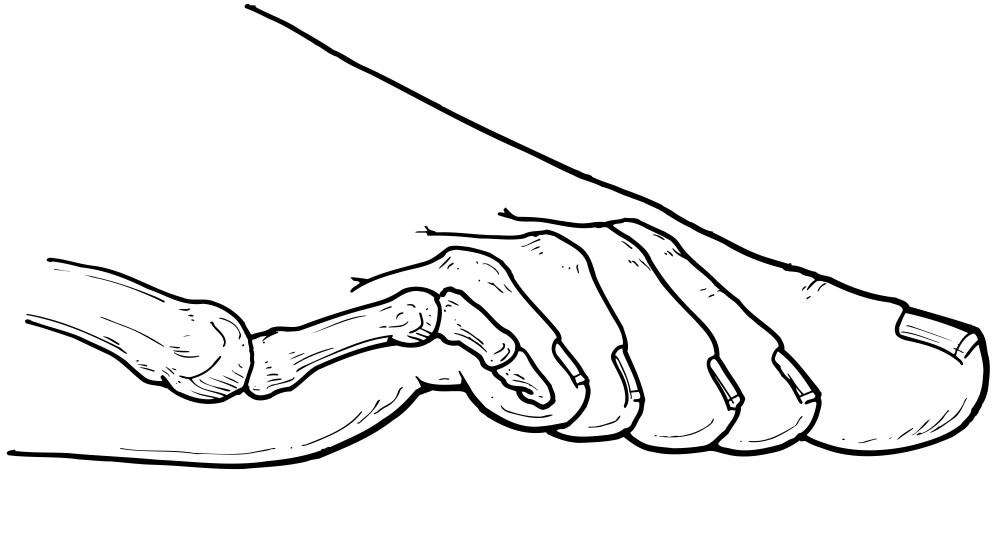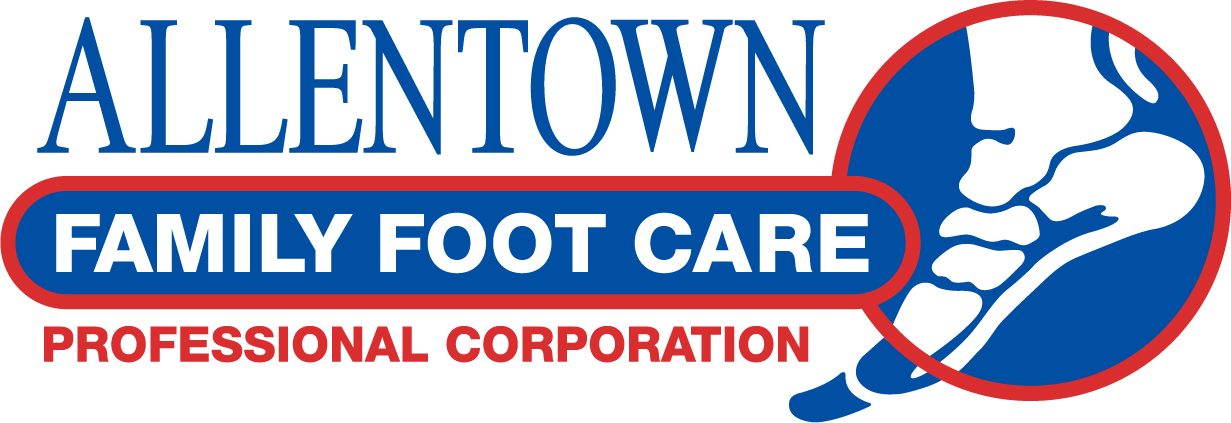Hammertoes
Hammertoes are a common foot deformity characterized by an abnormal bending or curling of one or more toes. The condition can cause discomfort, pain, and difficulty in finding properly fitting footwear. Understanding the causes, symptoms, and available treatment options for hammertoes is essential for managing the condition and maintaining foot health.
Causes of Hammertoes
Hammertoes can be caused by several factors, including:
- Muscle Imbalance: An imbalance in the muscles and tendons that control toe movement can cause the toes to bend abnormally, leading to the development of hammertoes.
- Foot Structure: Certain foot structures, such as high arches or flat feet, can put increased pressure on the toes, making them more prone to developing hammertoes.
- Tight Shoes: Wearing shoes that are too tight or narrow can force the toes into an unnatural position, contributing to the development of hammertoes over time.
- Trauma or Injury: Injuries to the toes or foot can result in the development of hammertoes, especially if the injury causes damage to the muscles or tendons responsible for toe movement.
Symptoms of Hammertoes
Hammertoes can cause a range of symptoms, including:
- Abnormal Toe Position: The affected toe or toes may bend downward, resembling a hammer or claw-like shape.
- Pain or Discomfort: Hammertoes can cause pain and discomfort, especially when walking or wearing tight shoes that put pressure on the affected area.
- Corns and Calluses: The bent toe may rub against the inside of shoes, leading to the development of corns or calluses.
- Limited Range of Motion: As the hammertoe progresses, the affected toe may become stiff and have limited mobility.


Treatment of Hammertoes
Treatment options for hammertoes depend on the severity of the condition and the symptoms experienced. They may include:- Footwear Modifications: Wearing shoes with a roomy toe box and low heels can alleviate pressure on the toes and provide more comfort.
- Orthotic Devices: Custom orthotic inserts can help realign the toes, relieve pain, and prevent further progression of the deformity.
- Toe Exercises and Stretching: Specific exercises and stretches can help strengthen and stretch the muscles and tendons of the toes, promoting better alignment.
- Padding and Taping: Applying padding or using toe splints can provide cushioning and support to the affected area, reducing pain and preventing rubbing against shoes.
- Medications: Over-the-counter pain relievers and anti-inflammatory medications can help manage pain and reduce inflammation associated with hammertoes.
- Surgical Intervention: In severe cases or when conservative measures are ineffective, surgical correction may be necessary. Surgical procedures aim to straighten the affected toe, remove any damaged tissue, and restore proper alignment.
Prevention of Hammertoes
To help prevent the development of hammertoes or slow their progression, it is advisable to:- Wear properly fitted shoes that provide ample space for the toes to move and avoid narrow or pointy footwear.
- Opt for low-heeled shoes that distribute weight more evenly across the foot.
- Perform regular toe exercises and stretches to maintain flexibility and strength in the toes and foot muscles.
- Maintain a healthy weight to reduce the strain on the feet.
